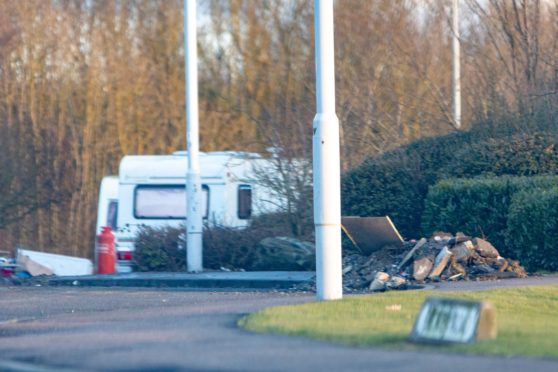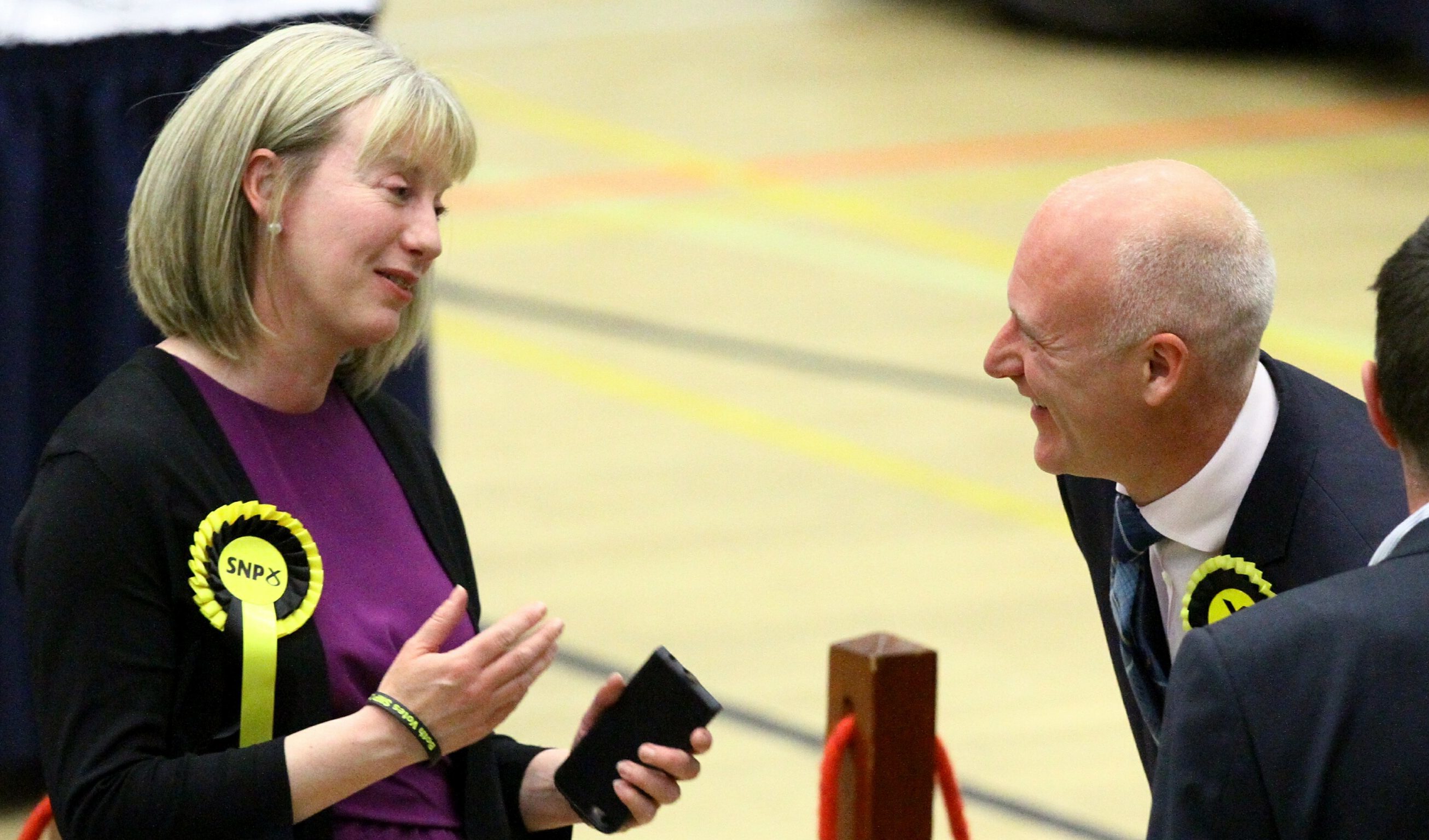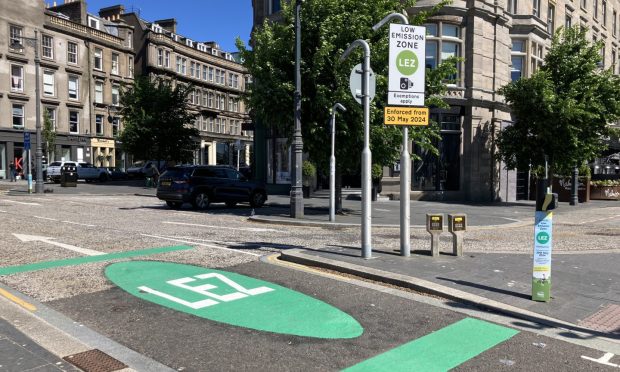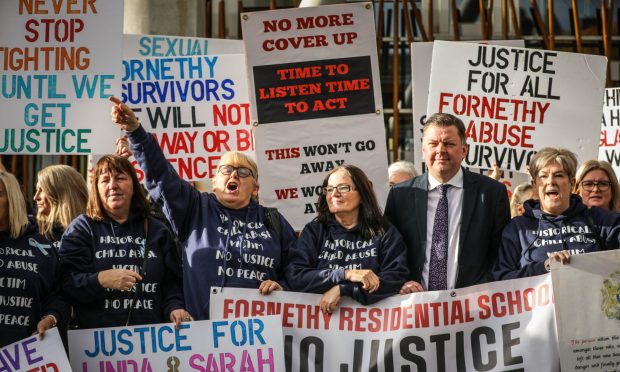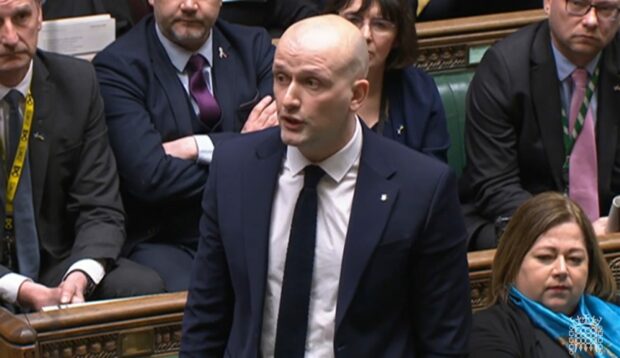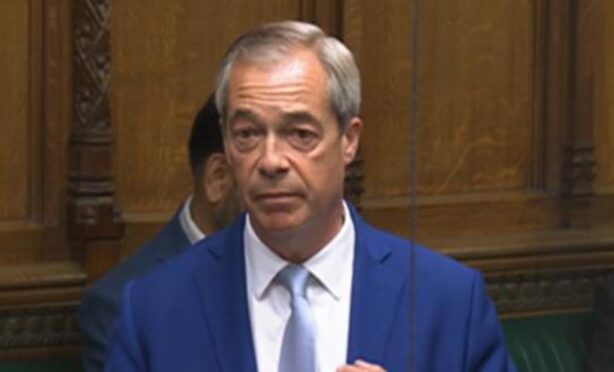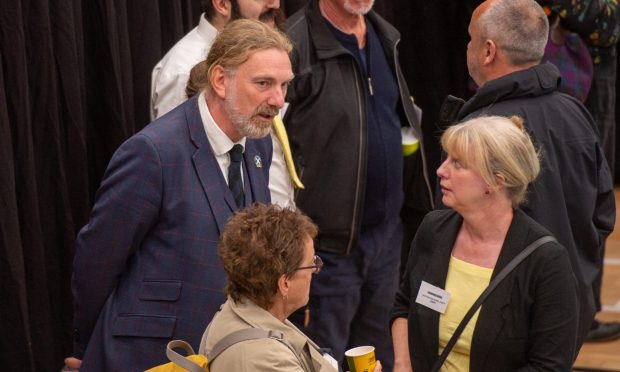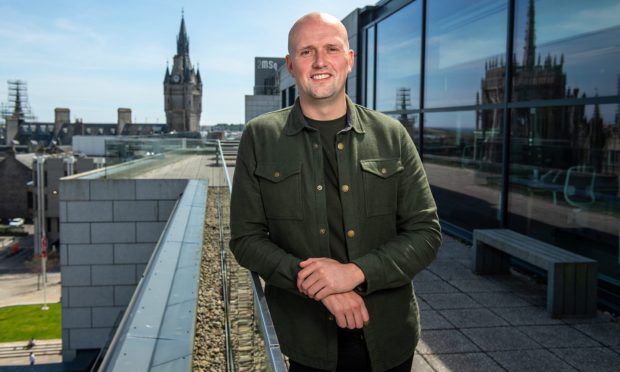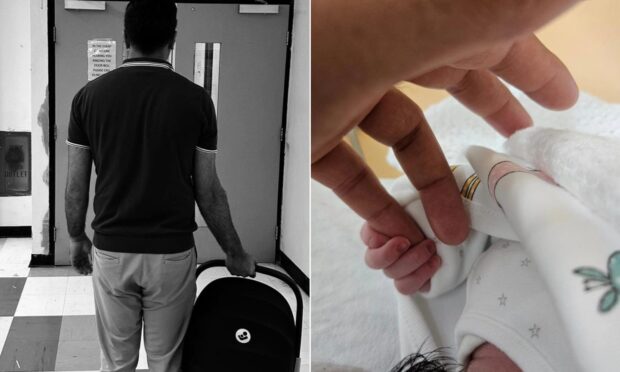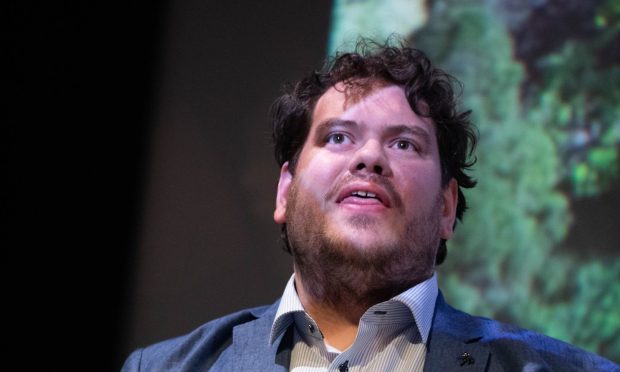Short-stay sites for Travellers are set to open in Fife to stop families setting up unauthorised camps.
Fife has the most locations in Scotland which have been illegally occupied by Gypsy/Traveller communities, according to a Scottish Government report published on Monday.
The study identified 58 unauthorised camps at 54 sites in the kingdom over the last three years.
Fife Council is looking at launching short-term parking places for nomadic families, as it links rogue pitching in the area with the lack of temporary sites.
Officials are studying a scheme run by Leeds Council that identifies “negotiated stopping sites” where Gypsy/Travellers can stay for four to six weeks at a time.
John Mills, Fife Council’s head of housing, said they will publish proposals for the Leeds-style spaces as part of their review of facilities, which is due to go out to consultation over the summer.
“Each year a number of families travel to Fife and temporarily stay within the area,” he said in his report.
“As there are no recognised temporary sites within Fife, visiting Travellers use unauthorised sites.”
The review will focus on the “cultural needs of Gypsy/Travellers and what facilities would be required to be provided”, Mr Mills added.
The move coincides with the release of the Gypsy/Traveller Sites in Scotland report, which found that 406 locations across Scotland have been used for unauthorised camps over the last three years, with 414 temporary settlements established illegally over that period.
There were 34 locations used by 16 unauthorised camps in Perth and Kinross, according to the figures, which were not available in full for Angus and Dundee.
The report said: “Unauthorised encampments appear to be more prevalent across some regions than others, most notably in Ayrshire, Fife, Aberdeen City, Aberdeenshire, Moray and the area around and to the north of Inverness.
“These regions typically report an average of more than 30 unauthorised encampments per year, compared to averages of 15-20 across other parts of Scotland.
“Mapping of encampment locations also indicates that these are typically in and around small towns and urban areas, with few recorded in areas classified as ‘accessible rural’ or ‘remote rural’.”
The SNP administration commissioned the report, which collects data on authorised and illegal sites and encampments, to better understand how the system is working.
Only North Ayrshire has seen more illegal encampments than Fife and both areas share the top spot for most sites identified as used illegally by travellers.
